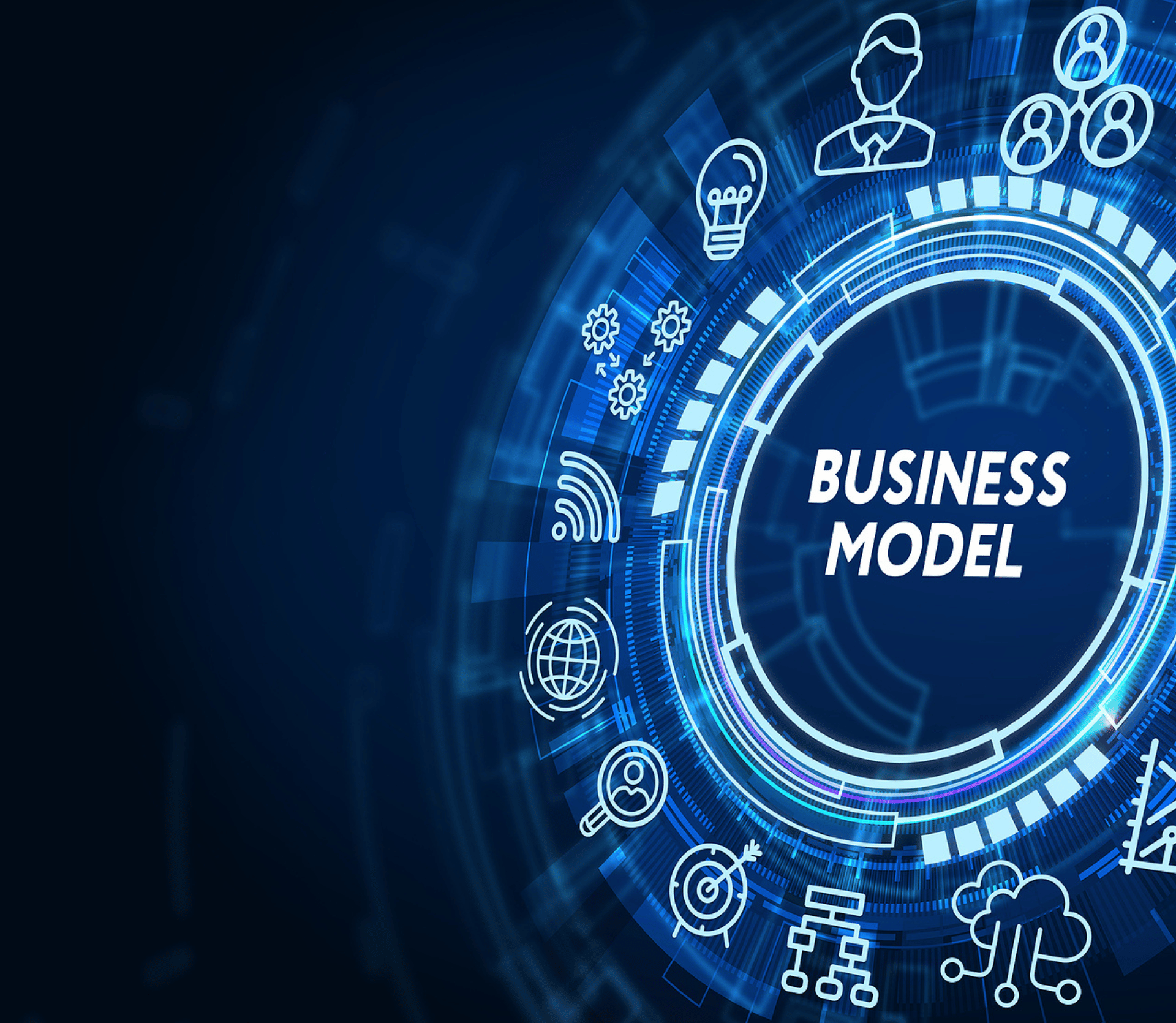
Changing Your Business Model Changes Everything
Lorem ipsum dolor sit amet, consectetur adipiscing elit. Ut elit tellus, luctus nec ullamcorper mattis, pulvinar dapibus leo.
Cloud and mobility have changed the rules of what was possible with respect to business model innovation and recurring revenue models. But how does your customer define “value”? And do your business models align with that definition? Changing how you actually bill your customers to align with how they perceive value is just one step of a multi-phase transformation built around long-term, recurring revenue relationships. In this session, guest speaker Forrester analyst Lily Varon, and Billi...
HELLO!
This premium article is exclusively reserved for Subscription Insider PRO members.
Want access to premium member-only content like this article? Plus, conference discounts and other benefits? We deliver the information you need, for improved decision-making, skills, and subscription business profitability. Check out these membership options!
Learn more about Subscription Insider PRO memberships!
Already a Subscription Insider PRO Member?
Please Log-In Here!
- Filed in Business Strategy, On-Demand Webinars, Start Here, Subscriber Only









